Auto Repair Jargon You Should Know
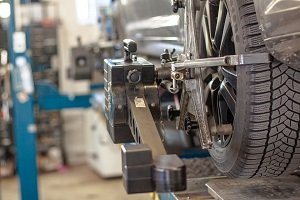
- Aftermarket – This term applies to parts which are not made by the original manufacturer. The best aftermarket parts will meet or exceed the quality of the original parts in your vehicle.
- Hesitation – “Hesitation” refers to the lack of response which occurs when you first accele ...[more]
History of the Modern Tire
Whether it’s the price of gas, the people you spend time with, or the level of satisfaction you have with your job, one thing in life is certain, things change. It may not be a surprise your vehicle, the way it works, and how much it costs has changed significantly over the years. But have you ever thought about how much tires have changed?
 Before air was introduced into tire designs, they were covered in wood, iron, solid rubber, and even leather. Although these weren’t the most shock absorbent materials, they provided durability and grip. It took many years to develop the tires we use today. Let’s look at tires and how they have progressed through the years.
Before air was introduced into tire designs, they were covered in wood, iron, solid rubber, and even leather. Although these weren’t the most shock absorbent materials, they provided durability and grip. It took many years to develop the tires we use today. Let’s look at tires and how they have progressed through the years.
The modern tire was patented in 1847 by Robert Thompson but had little success. At the time, consumers preferre ...[more]
Make Sure Your Car's Ready For Winter!
You know that winter and bad weather are coming. Is your car ready? Here’s a quick checklist of things to get up to speed on:
Motor oil: Motor oil has a tendency to thicken in cold weather, making it harder to circulate to upper engine parts at startup. If you haven’t ever used synthetic oil 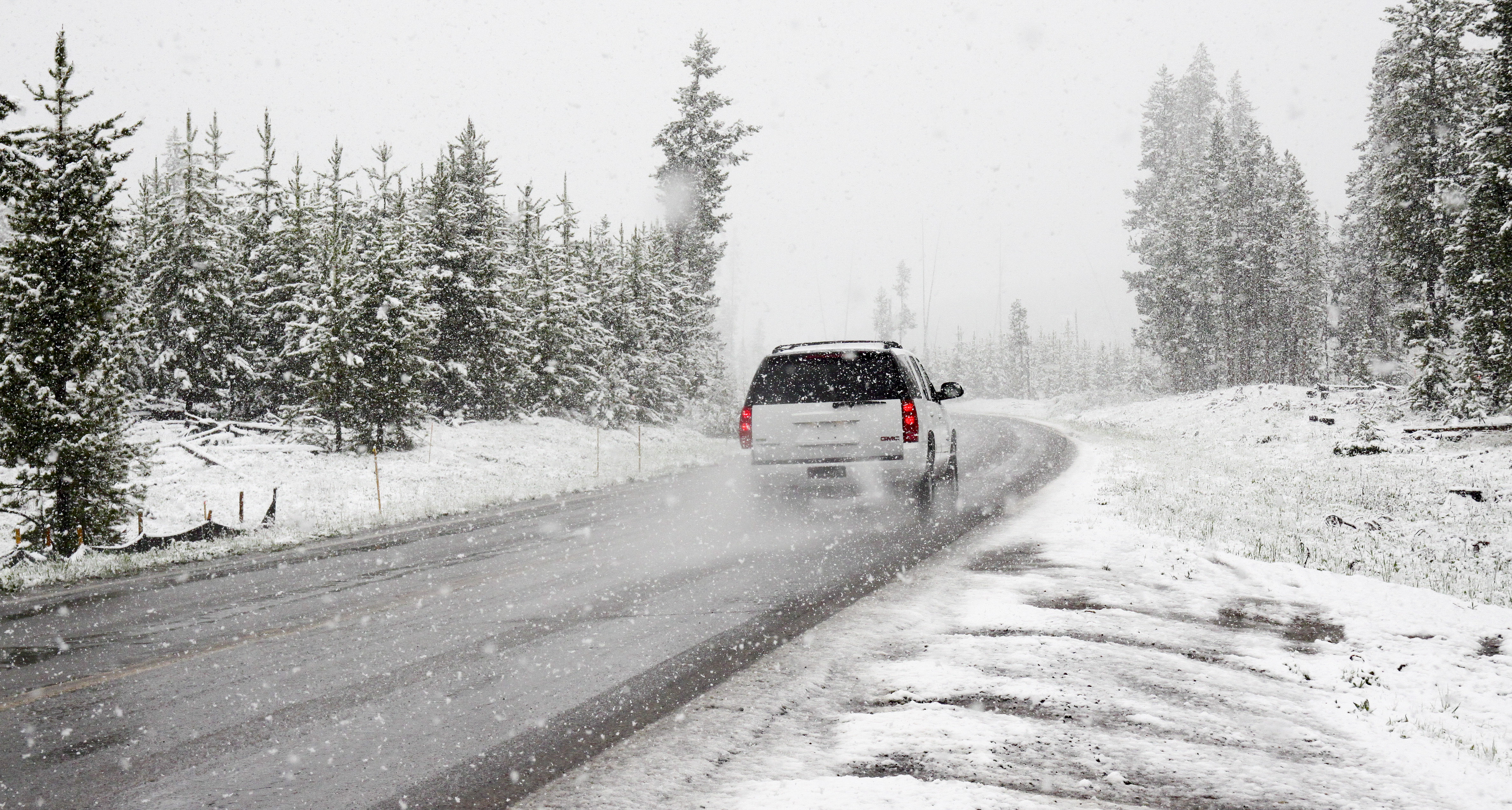 before, this might be a good time to start. The flow properties of synthetic oil are a lot more consistent, meaning it doesn’t thicken in sub-freezing temperatures or thin out when it’s hot outside.
before, this might be a good time to start. The flow properties of synthetic oil are a lot more consistent, meaning it doesn’t thicken in sub-freezing temperatures or thin out when it’s hot outside.
Wipers: Even the best windshield wipers only last about a year. If your wipers are showing cracks or chips or losing strips of rubber, go ahead and replace them. Don’t forget to refill your washer fluid reservoir…you’ ...[more]
No Spare Tire?
 and cost. When you're stuck by the side of the road, though, none of that really matters much, does it?
and cost. When you're stuck by the side of the road, though, none of that really matters much, does it? 4 Things About Tires You May Not Have Known
Tires all look sort of the same…round and black…and people tend to think tires don’t change much over the years. That’s really not true, though – engineers and designers are constantly working on advances in tire designs for more miles, better fuel economy and better performance.
Here’s a rundown of current trends in tire technology you may not have been aware of:

- Tall, skinny tires are coming back. If you’ve ever ridden a beach cruiser bike vs. a racing bike, you know that skinny tires have lower rolling resistance. Carmakers are going in that direction, too – the BMW i3 electric/plug-in hybrid uses Bridgestone Ecopia tires, with higher inflation pressure and a taller, skinnier profile. Tall, skinny tires also redu ...[more]
Self-Inflating Tires…Soon To Be A Reality?
Driving around on underinflated tires is just a bad idea all the way around. Underinflated tires increase a car’s rolling resistance, meaning a drop in fuel efficiency since it takes more energy to move the vehicle down the road.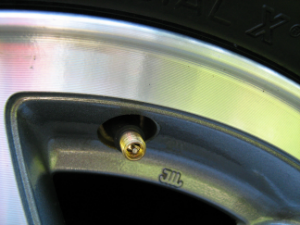
A single tire that’s down by ten pounds of air means a 3.3 percent drop in fuel economy…multiply that by all four tires, and you can figure on giving up ten percent of your gas mileage. The added friction and rolling resistance also means more heat is generated, and heat is the enemy of the internal structure of a tire. That heat will damage a tire to the point of failure. Studies show that underinflated tires are a full 25 percent more likely to fail, and at least half of one-car accidents involve a tire problem as a factor. And still, it’s estimated ...[more]
Questions You Shouldn’t Be Afraid to Ask Your Auto Repair Tech
Often, drivers are mystified by how their cars actually work. It’s to be expected. Even an older car is a complex machine with many sub-assemblies that all work together to move it down the road.
As a result, drivers tend to be a little intimidated by auto repair and often tend to not inform themselves by asking the necessary questions of a tech or a garage. Too often, that ends up being a big mistake. Here are some examples of the kinds of things you really should know before any auto repair work starts:
- Does your shop work on any kind of vehicle? Of course, most shops can service a product from GM, Ford, Chrysler, Nissan, Toyota and the other leading makes. Some makes, however, require a lot more training and experience, o ...[more]
Mixing Tires – Bad Idea
In a perfect world, all four tires would wear out at the same time. In the same perfect world, everyone would be able to afford a whole set of tires all at once. Unfortunately, things often just do not work out that way.
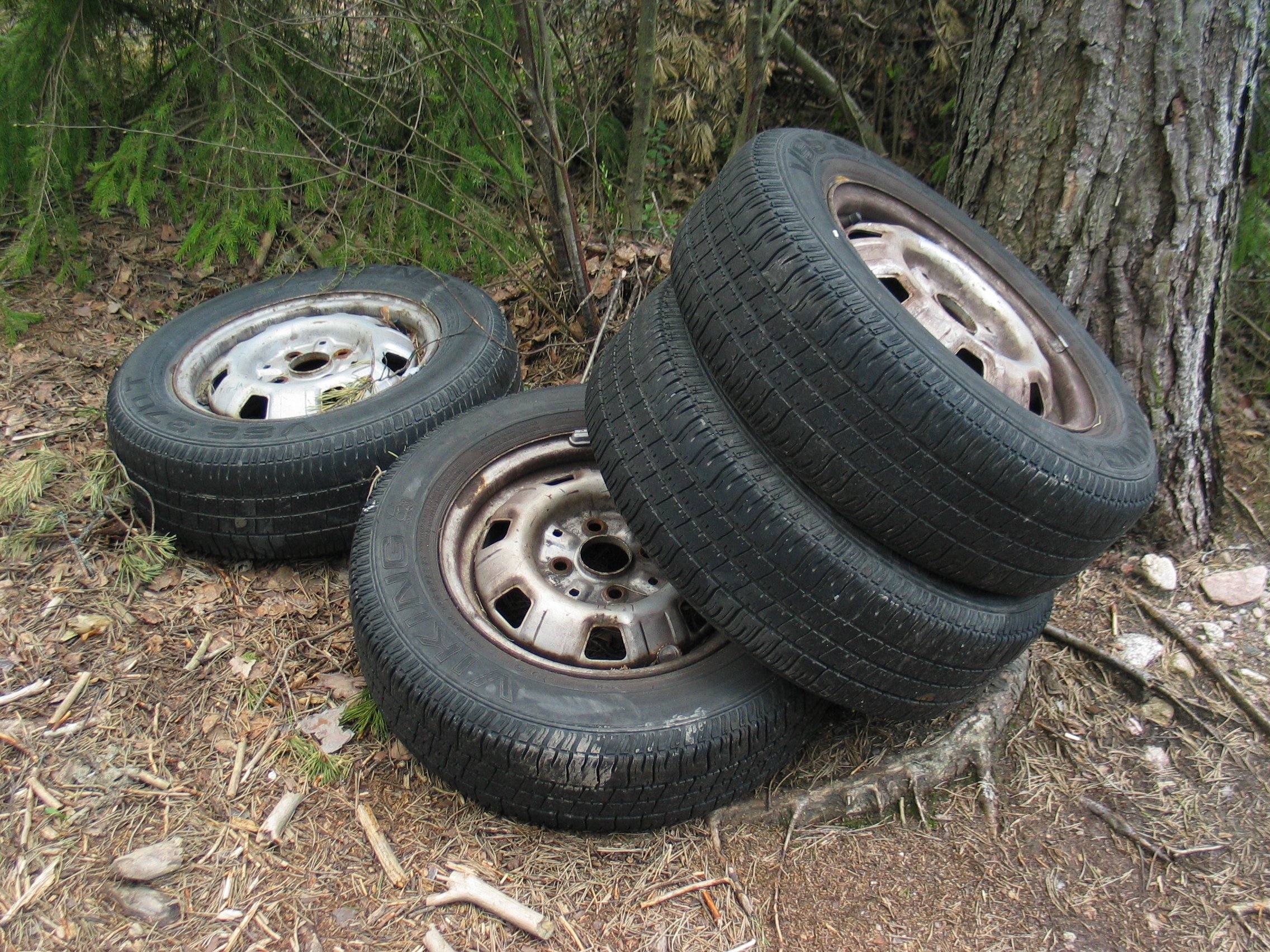
Sometimes you may just have to replace tires as you can afford them, one or two at a time, but there are some important things to bear in mind if you have to do that.
If you can only afford to replace one or two tires, it’s essential that you go with tires that are identical (or at least as close as possible) to the car’s remaining tires. That means that internal construction, size, tread pattern and design should be close to the same. Don’t mix winter tires with all-season tires, don’t mix run-flat tires with ...[more]
Differential Service: Too Often Neglected by Drivers
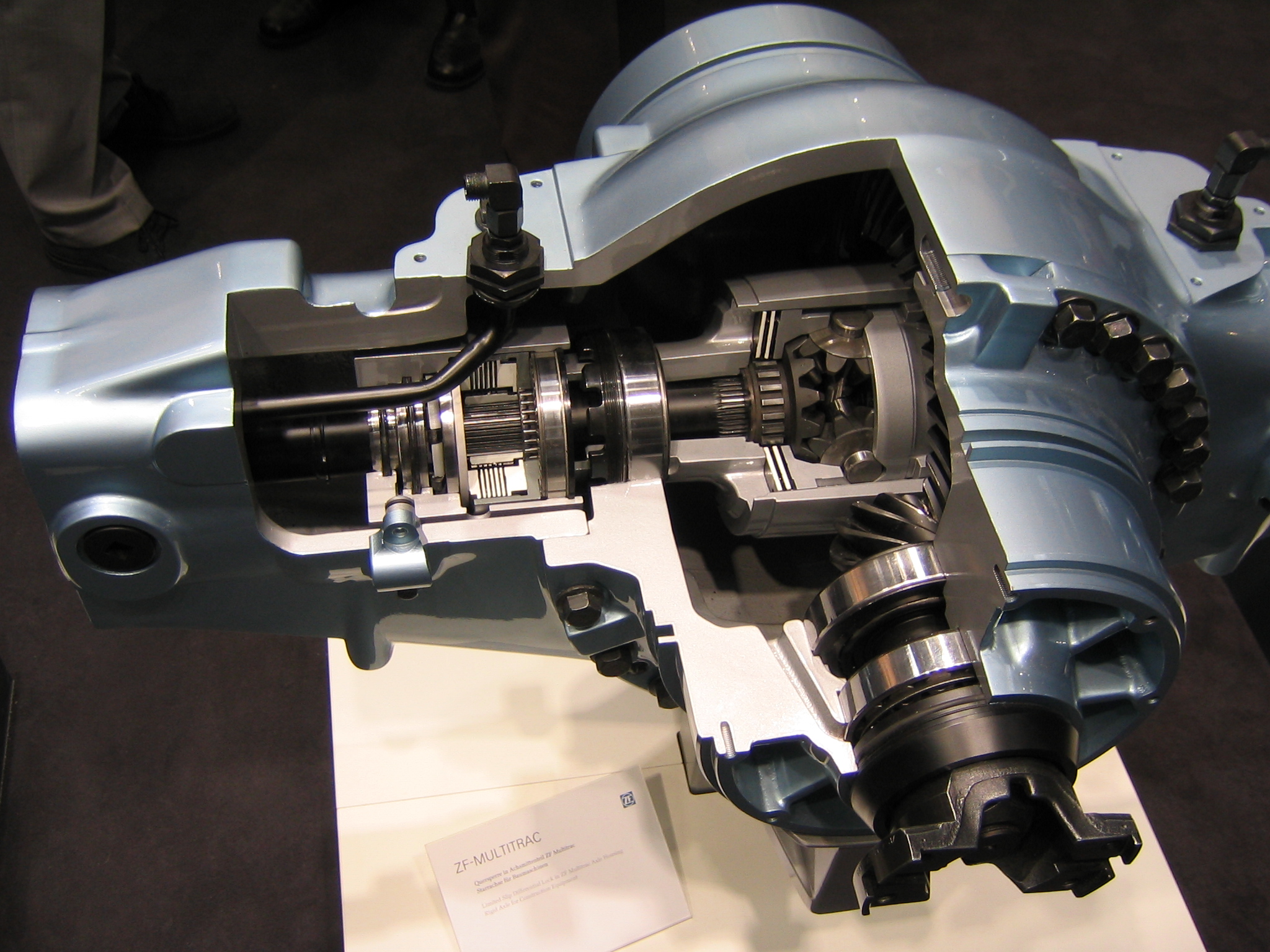
Get The Most Out Of That Set Of Tires

| 12345 | Next >> |
